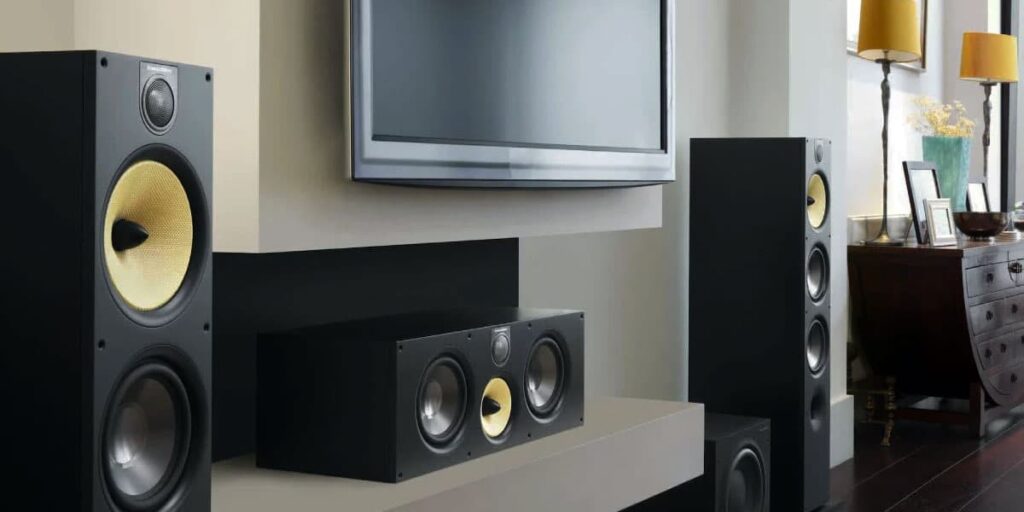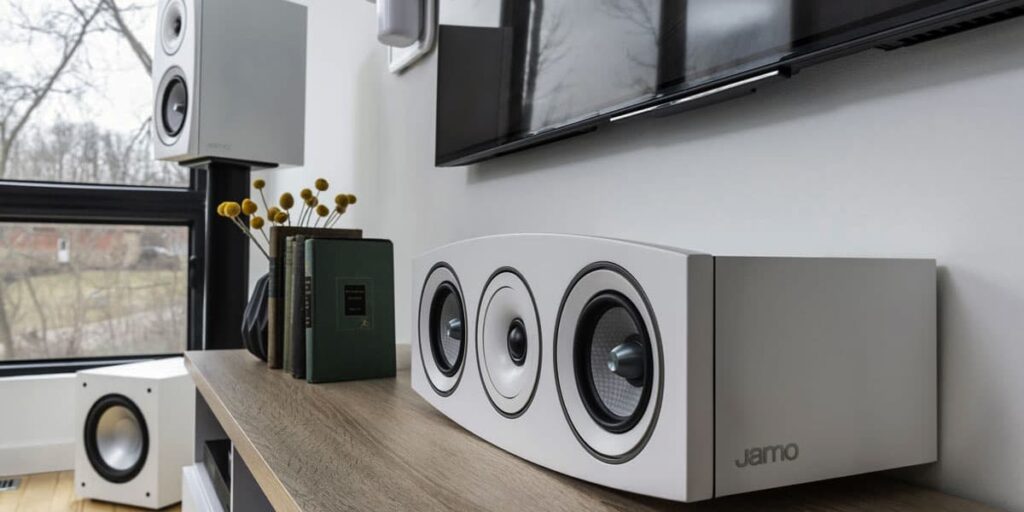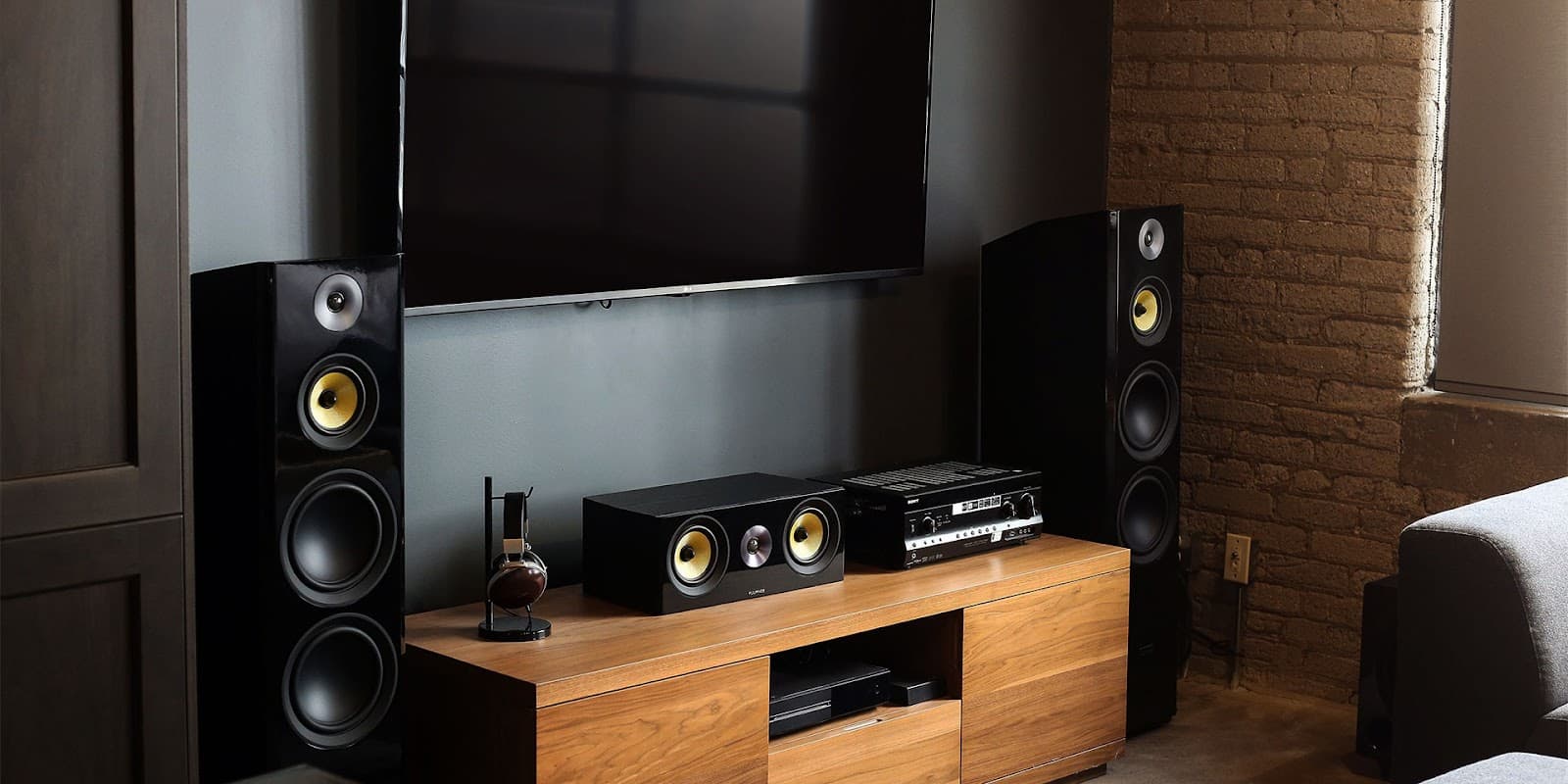It may seem strange to some of my readers, but in the home entertainment industry, user experience (UX) is a fairly important aspect of end-user satisfaction and enjoyment. A seamless and intuitive user interface is changing the way we interact with devices, and nowhere is this more important than in home theater systems. The synergy between design and functionality is paramount, influencing how easily users navigate through a variety of audiovisual experiences.
In this article, we will analyze the intricacies of the user experience of home theater systems, highlighting the transformative power of visual design. We delve into how material design principles can revolutionize the overall look and usability of modern entertainment centers, setting the stage for cinematic experiences like never before.
The power of visual design in home entertainment
The intrinsic influence of visual design in home entertainment transcends aesthetics, playing a pivotal role in fostering an immersive and enjoyable theater experience. A well-designed home entertainment system resonates with users on a visceral level, heightening engagement. The application of Material Design principles becomes instrumental in this context, offering a scientifically grounded approach to create visually pleasing interfaces and devices within the home.
Material Design principles focus on simplicity, consistency, and a tactile user experience. In the context of home entertainment systems, Material Design provides a framework for designing interfaces that are intuitive and easy to navigate. The consistent use of elements such as color, typography, and iconography helps create a cohesive visual language across different devices, promoting a unified and aesthetically pleasing user experience. The tactile aspects of Material Design, like responsive animations and feedback, enhance the interactive elements, making the overall interface engaging and visually appealing for users in their home settings.

The power of visual design in home entertainment
Yes, this is an important question that I would like to reveal to you in as much detail as possible. What is it about? Among audiophiles, there are Yamaha vs Denon receiver sound quality debates but the overwhelming consensus is the premium materials and design that both brands use in their flagship products. This recognition serves as a testament to the important role of visual design not only in appearance but also in the overall user experience.
In the home theater industry, understanding and applying the fundamental elements of Material Design can enhance the entire audiovisual experience. Typography, a fundamental element, involves choosing fonts and text styles that contribute to creating a cohesive and readable interface. Yamaha and Denon, paragons of meticulous design, pay attention to typographic detail in their receiver interfaces, ensuring that information is conveyed with clarity and elegance.
Also, defining a well-thought-out color palette is another important aspect. The same Yamaha and Denon receivers are known for their elegant and sophisticated designs, often featuring carefully chosen color schemes. Clearly defining your home theater’s color palette not only improves the overall look but also sets the mood for an immersive cinematic experience.
Images and icons serve as visual complements, conveying information in a delicate and subtle way. Both Yamaha and Denon use high-quality graphics and intuitive icons in their receiver interfaces, resulting in a seamless and visually appealing user experience.
Material Design’s principles of depth and movement add sophistication to home theater interfaces. Yamaha and Denon products often include subtle animations and responsive feedback, enhancing the overall user experience. Understanding and implementing these principles can lead to the creation of interfaces that look attractive and function intuitively, creating a harmonious marriage of technology and design in the home entertainment industry.

The impact of material design on user experience
This issue is also important because it directly affects the quality of the user’s visual experience when interacting with the device (through its interface). Material Design principles such as intuitive navigation, responsive layouts, and a visually consistent interface play a key role in improving the overall usability of home theater interfaces.
Intuitive navigation ensures that users can easily browse through the many available options, making selecting and browsing content a breeze. Responsive layouts adapt to different screen sizes and resolutions, providing a consistent and visually appealing presentation across devices. This adaptability is especially important in the home theater design, where users can access content on a variety of screens, from large TVs to small mobile devices.
A visually consistent experience promotes a sense of cohesion and familiarity, making the interface of home theater aesthetic and user-friendly. Material Design’s emphasis on tactile and lifelike interactions further enhances the immersive home theater experience. Essentially, Material Design doesn’t just decorate the interface; it changes the way users interact with and enjoy their home entertainment systems.
In this article, we have explored the pivotal role of user experience in home theater systems. Delving into material design principles, we’ve unraveled how intentional visual choices redefine aesthetics and functionality. We’ve also tried to discover the transformative potential that lies in enhancing the overall appearance and usability of home entertainment setups for an unparalleled cinematic journey.
